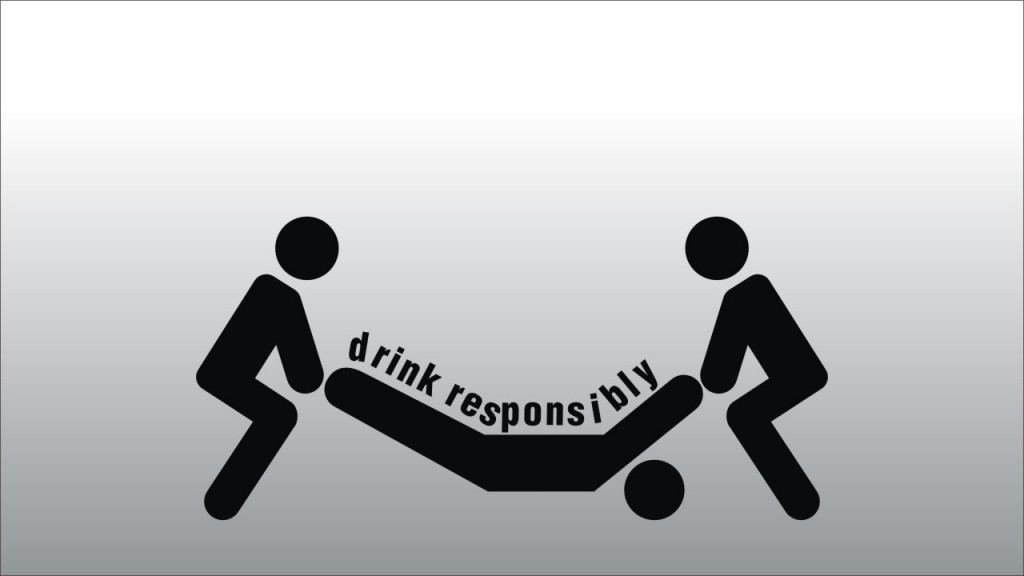
Champion, Denisha A., PhD, Todd F. Lewis, PhD, and Jane E. Myers, PhD. "College Student Alcohol Use and Abuse: Social Norms, Health Beliefs, and Selected Socio-Demographic Variables as Explanatory Factors."Journal of Alcohol & Drug Education (2015): 57-72. 1 Apr. 2015. Web. 29 Nov. 2015.
This paper discusses why, despite increased focus on college alcohol consumption by government agencies and universities, college drinking remains at a consistent level across two decades. The paper goes on to discuss the dangerous activities students engage in, such as binge drinking, and how the widely used "Social Norms Theory" affects college drinking. For example, the theory outlines that the norms tied to those with whom a person is close, such as a best friend, tend to have the strongest effects. Social norms theory has been studied in college drinking contexts before. For example, "the more alcohol students
perceive (often inaccurately) others to drink, the more they drink
themselves" (Berkowitz, 2004).
Denisha Champion is a PhD who works as a the Assistant Director of Programming and Prevention for Wake Forrest University. Todd F. Lewis has a PhD in Counselling Education and Supervision and has a research interest in substance abuse and risk-taking behavior.
Key Terms:
HBM- health belief model. "a theory developed by social
psychologists to understand the under-utilization of preventative
screenings and approaches that could serve to improve the health
of populations" (60)
Value-Expectancy Theory- "deal with the influence of individual values
and expectations on behavior and/or the development of these
values and expectations” (Hays, 1985, p.379)
AUDIT- Alcohol Use Disorders Test. "...a 10-item
assessment developed by several researchers for the World Health
Organization (WHO). The purpose of the AUDIT is listed as “a
screening procedure to identify persons whose alcohol consumption
has become hazardous or harmful to their health” (Plake &
64 COLLEGE STUDENT ALCOHOL USE AND ABUSE
Impara, 2001, p.51) " (63-64)
"However, mistrust of information in campaigns,
including students finding media messages as deceptive
tactics to curb their fun college experience, as well as being intentionally
misleading have all been barriers to successful outcomes" (60)
"The consequences of drinking behavior are varied, serious,
damaging, and far-reaching. They encompass areas such as mental
and emotional well-being, academic performance, relationships
between the local community and campus, negative physiological
effects, vandalism, property damage, and sexual assault" (58)
"In the second hypothesis we predicted that social norms and
health beliefs variables would account for a larger portion of the
variance in drinking behavior among students than socio-demographic
variables...this
was indeed found to be the case...this finding indicates that the pull students
feel to drink based on how their peers are drinking, coupled with
personal health beliefs about susceptibility, severity, benefits, and
barriers related to alcohol consumption far outweigh the demographic
attributes often associated with drinking behavior." (68)
This scientific study is valuable to my research paper because my paper will discuss in depth the impact of social norms on college drinking culture. This paper proves that social norms theory could possibly be used to describe why drinking is so disproportionately prevalent in college atmospheres.



